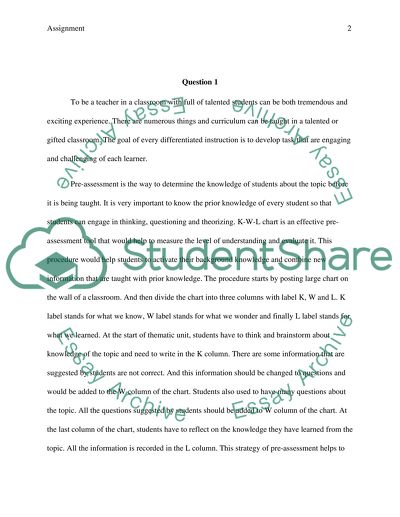Cite this document
(“Differentiated instructional strategies in practice Assignment”, n.d.)
Differentiated instructional strategies in practice Assignment. Retrieved from https://studentshare.org/education/1491268-differentiated-instructional-strategies-in-practice
Differentiated instructional strategies in practice Assignment. Retrieved from https://studentshare.org/education/1491268-differentiated-instructional-strategies-in-practice
(Differentiated Instructional Strategies in Practice Assignment)
Differentiated Instructional Strategies in Practice Assignment. https://studentshare.org/education/1491268-differentiated-instructional-strategies-in-practice.
Differentiated Instructional Strategies in Practice Assignment. https://studentshare.org/education/1491268-differentiated-instructional-strategies-in-practice.
“Differentiated Instructional Strategies in Practice Assignment”, n.d. https://studentshare.org/education/1491268-differentiated-instructional-strategies-in-practice.


